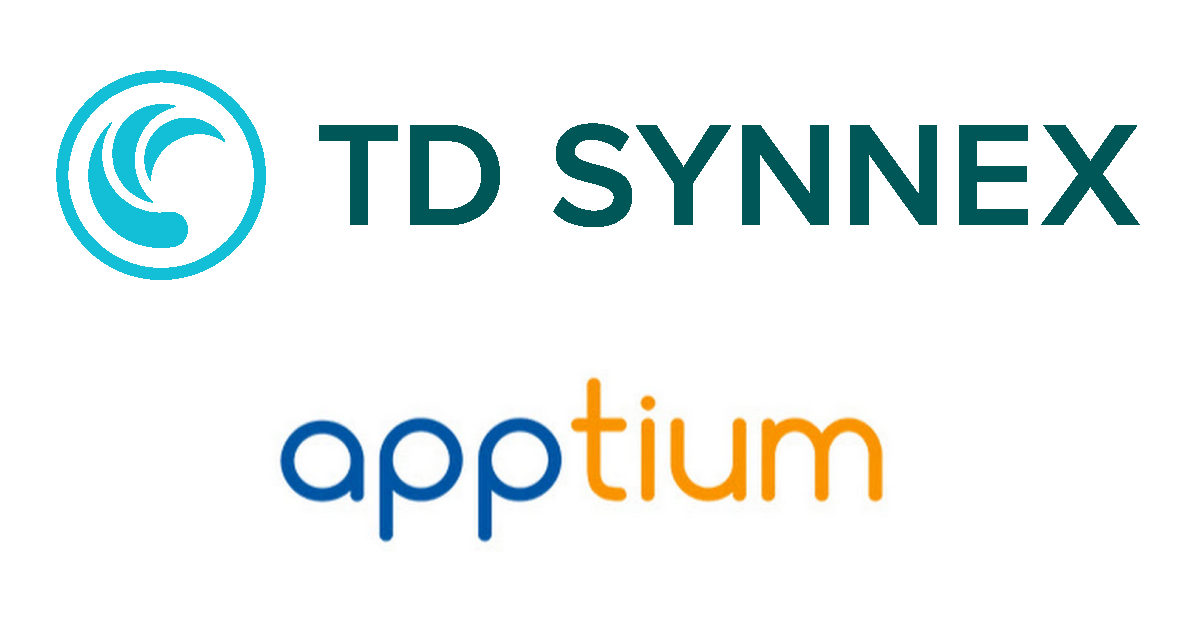
Managed Services Providers (MSPs) can gain flexibility and operational efficiency by moving to a blended workforce. By combining full-time staff with on-demand workers, cloud-services providers can unlock growth opportunities.
That’s the message from Steve Salmon, vice president of enterprise and channel sales at Field Nation, an online matching service for IT freelancers. He stated his case with “How to Grow Your Business with a Mixed Labor Model in 2020” at the MSP Solutions track of the IT Expo in Fort Lauderdale, FL, on Feb. 14.
“The blended work model is not a new concept,” Salmon says. But the business has changed in response to an increase in the need for technology workers. Businesses also must respond to the changing demographics in the workforce and cater to new-found worker preferences.
The lack of qualified technology workers is severe. Salmon says there are nearly 7.5 million open technology jobs, with only 6.5 million people available to fill them. Among the reasons companies opt to institute blended workforces are:
- Navigate tight labor markets;
- Gain new skill sets;
- Upgrade geographic coverage;
- Reduce cost of entry into new markets;
- Boost speed to market;
- Manage project unpredictability;
- Improve cost control;
- Increase agility.
While catering to millennials is the talk of the town, Salmon says technology has had an impact on older generations too. People are working later into their lives, often choosing part-time employment. “The fastest growing segment of freelance labor is the baby boomer segment,” Salmon says.
Salmon says instituting a blended labor arrangement represents a challenge to three main segments of your business:
- Operations.
- Customer experience.
- Risk management.
To employ freelance labor, operations must standardize their vetting process, Salmon says. Screening should be the same for freelancers is often neglected. “As a result, you get a wide range of outcomes,” he says.
Operations departments should better define their expectations, improve their work-order management and provide real-time visibility and support, Salmon says.
Better training can help mitigate fears of freelances ruining the customer experience, he says. Communicating your expectations clearly is important. “It’s as important to tell them what not to say as it is to tell them what to say,” Salmon says.
He suggests using mobile apps to track freelancers, along with providing increase on-site support to your mobile workers.
Risk can be mitigated by making sure you purchase the proper insurance. Freelancer insurance is no more expensive than insurance for full-time workers, he says. Liability and personal injury insurance are the ones to buy. Finally, make sure your worker classifications are up to date, Salmon says.
Edited by
Maurice Nagle






